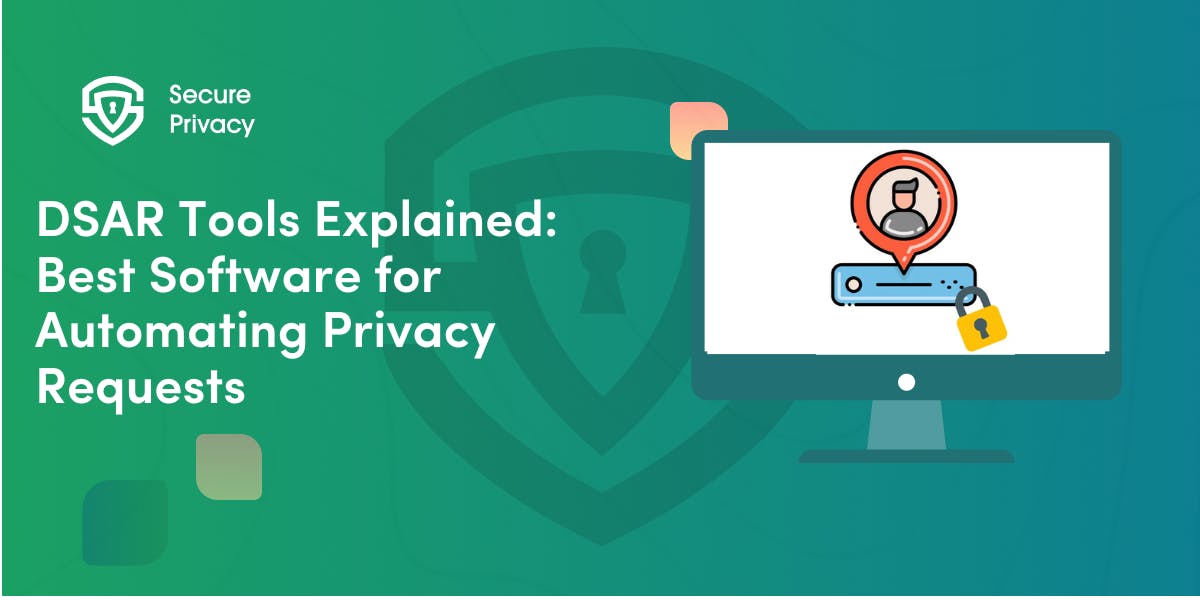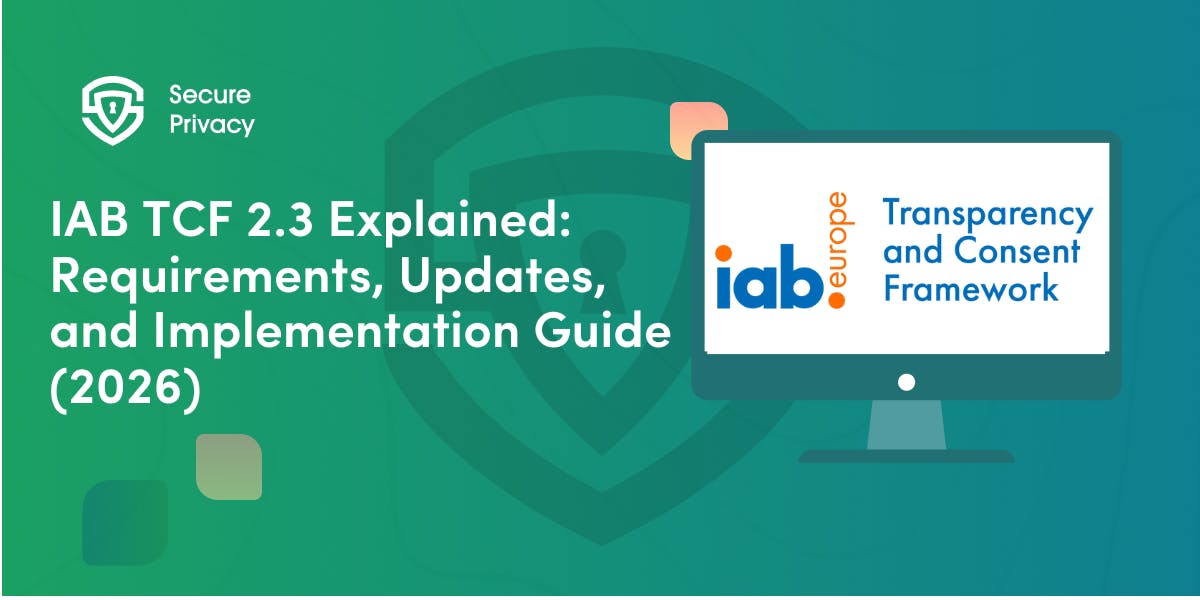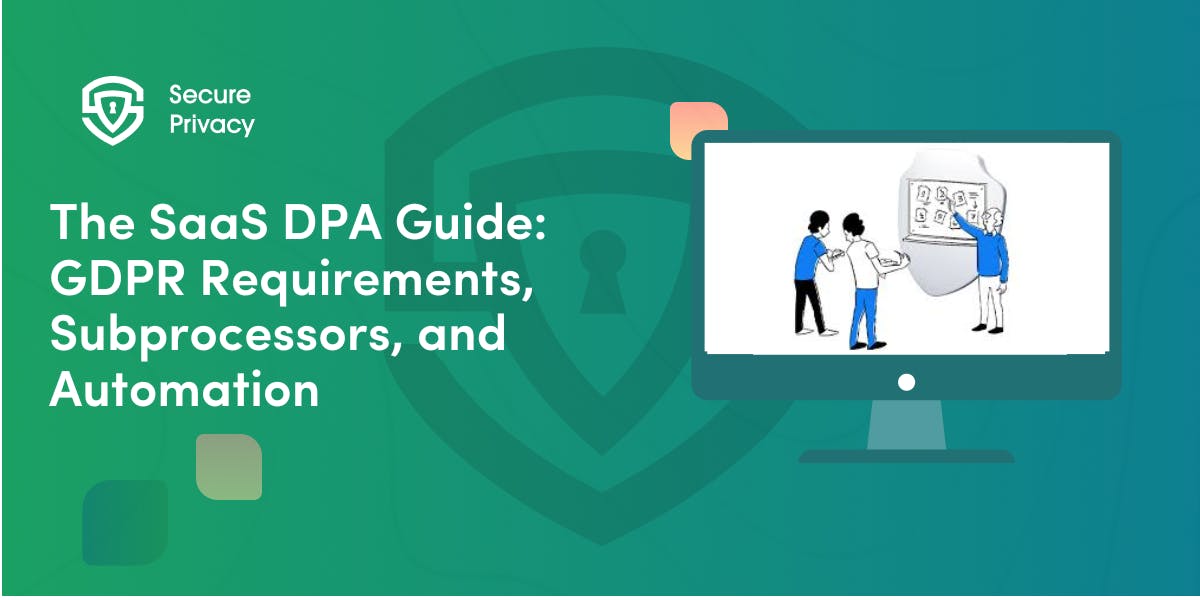Google Consent Mode V2 for Google Tags: A Marketer's Guide
Discover how Google Tag Manager seamlessly integrates with Google Consent Mode V2 for efficient compliance with data privacy regulations. Explore actionable insights for marketing and choose the best implementation approach.
Google Tag Manager (GTM) is a powerful tool that enables you to efficiently manage various tracking codes and scripts on your website. It provides a centralized platform for implementing and managing tags, including those related to Google Consent Mode.
Google Consent Mode V2 is a cutting-edge solution designed to ensure your website's utilization of cookies and visitor data aligns with the requirements of GDPR and other data privacy regulations. In this comprehensive guide, we will explore the functionality and implementation process of Consent Mode, with a particular focus on utilizing GTM.
By incorporating Consent Mode into your website through GTM, you can streamline the implementation process and enjoy the benefits it offers. We'll delve into the advantages and disadvantages of Consent Mode from a marketing perspective, enabling you to make informed decisions about its usage.
What is Google Tag Manager?
Imagine a control center for all the tiny code snippets (tags) from different analytics tools, marketing platforms, and social media networks that reside on your website. That's what GTM does! It simplifies their management, letting you add, update, and prioritize them without touching your website code directly. This means:
- Easy deployment: Drag-and-drop interface removes the need for manual coding.
- Centralized control: Manage all tags from one place, keeping things organized and efficient.
- Boosted performance: GTM optimizes tag loading, minimizing their impact on your website's speed.
- Enhanced flexibility: Trigger tags based on user actions or conditions for custom data tracking.
- Security and compliance: GTM provides a secure environment for managing tags,
What is Google Consent Mode V2?
With user privacy becoming paramount, this feature comes into play. It ensures your website's use of cookies and data is compliant with regulations like GDPR and CCPA. Consent Mode works like this:
- Users control: A clear consent banner pops up, giving users the option to opt-in or out of cookie tracking.
- Tag adaptation: Your tags adjust based on the chosen preference. Consent data is collected for those who agree, while alternative methods like aggregate data and AI modeling estimate behavior for opt-out users,respecting their privacy.
- Actionable insights: You gain valuable information even with limited cookie data, allowing you to optimize campaigns and understand user behavior.
Does Google Tag Manager help with implementing Consent Mode?
Yes, Google Tag Manager plays an integral role in implementing and optimizing Google Consent Mode! Here's how GTM unlocks the full potential of this privacy-focused tool:
- Seamless Integration: GTM acts as the central hub for all your tags, including those used with Consent Mode. This seamless integration removes the need for complex code changes or separate platforms, simplifying the implementation process and ensuring everything stays in one place.
- Activation Made Easy: Forget manual configurations! GTM lets you activate Consent Mode directly within its interface. Simply flip a switch, and you're ready to respect user choices and gather insights from both consenting and non-consenting users.
- Granular Control: GTM empowers you to fine-tune how your tags behave based on different consent levels. You can choose which tags fire for consenting users, which adapt for non-consenting users using alternative methods like aggregate data and modeling, and even set custom triggers based on specific user actions or conditions.
- Monitoring and Optimization: GTM provides real-time insights into Consent Mode performance. Track model accuracy, analyze user behavior across consent levels, and identify areas for improvement. This data-driven approach allows you to continuously optimize your strategies and maximize the effectiveness of your campaigns.
- Advanced Features: Beyond basic activation and control, GTM opens doors to advanced Consent Mode features. Leverage GTM's powerful Triggers and Variables to create custom logic for tag firing, personalize user experiences based on consent choices, and build robust data collection structures that comply with evolving privacy regulations.
- Future-proofed Approach: As privacy regulations and user expectations continue to shift, GTM and Consent Mode evolve alongside them. GTM's flexible architecture and regular updates ensure you're always equipped with the latest tools and best practices to navigate the ever-changing landscape.
In essence, GTM is not just a platform for Consent Mode implementation, but an amplifier for its capabilities. It simplifies setup, grants granular control, fuels optimization, and unlocks advanced features, empowering you to leverage Consent Mode for a data-driven, privacy-conscious marketing strategy.
Examples of how Consent Mode can enhance marketing practices
Here are some specific examples of how Google Consent Mode can enhance your marketing practices, even in a world with limited cookie tracking:
Campaign Targeting:
- Contextual Targeting: Use aggregate data and AI-powered modeling to understand broader trends and user interests, allowing you to target non-consenting users with relevant ads based on website context or anonymized browsing behavior.
- Dynamic Content: Customize landing pages and ad copy based on user consent levels. For opt-out users, showcase product features aligned with inferred interests from aggregate data, rather than individual browsing history.
- Lookalike Audiences: Build lookalike audiences based on anonymized data from consenting users, expanding your reach to similar individuals without compromising individual privacy.
Campaign Optimization:
- Conversion Modeling: Gain valuable insights into conversion pathways even for non-consenting users, allowing you to identify effective touchpoints and optimize your advertising funnel across the entire audience.
- Attribution Modeling: Understand how different channels contribute to conversions for both consenting and non-consenting users, helping you allocate budget more effectively and optimize campaign performance holistically.
- A/B Testing: Conduct A/B tests with different ad creatives or landing pages for both consenting and non-consenting user segments, allowing you to personalize your messaging and optimize for different audience preferences.
Building Trust and Brand Loyalty:
- Transparency and Control: Clearly explain how you use data and respect user choices through transparent consent banners and privacy policies. This fosters trust and builds stronger relationships with your audience.
- Data-driven Personalization: Use insights from Consent Mode to personalize marketing messages and offers based on broader trends and anonymized data, providing a relevant experience even without individual user data.
- Focus on User Value: Shift the focus from intrusive data collection to providing valuable content and experiences that resonate with users regardless of their consent level. This builds brand loyalty and encourages organic engagement.
How you can implement Consent Mode?
There are multiple approaches available for implementing Google Consent Mode:
- Utilize a Consent Management Platform (CMP): The simplest method is to employ a Consent Management Platform (CMP) such as Secure Privacy. These platforms provide convenient solutions for implementing Consent Mode. Additionally, several third-party vendors offer WordPress plugins that can facilitate the integration. For futher guidance, see our free tool on Google Consent Mode V2.
- Leverage Google Tag Manager: Another option is to utilize GTM, which allows you to adjust the behavior of both Google and non-Google tags based on user consent preferences. While specific coding skills are not necessary, a solid understanding of GTM is required. You can find a comprehensive guide on implementing your consent configuration using GTM.
- Develop a custom configuration: The third option involves creating a custom configuration using gtag.js. This method enables you to establish your consent default status and update the consent state when users make their cookie choices after encountering a consent banner. For a more in-depth development guide on implementing Consent Mode using gtag, refer to the provided resource.
- Or for mobile platforms, see [Google Consent Mode on Mobile: A Practical Guide for Marketers and Developers].
By exploring these different approaches, you can select the implementation method that best suits your needs and technical expertise. Remember to consider factors such as simplicity, compatibility with your existing setup, and adherence to privacy regulations when making your decision.
Secure Privacy as a Google-certified CMP Partner
Embracing Google Tag Manager and Consent Mode isn't just a box to tick on a compliance checklist, it's a strategic leap forward for your marketing strategy. It's no longer a choice between data-driven insights and user trust; Consent Mode bridges the gap, allowing you to harness the power of both. Imagine gaining valuable insights into user behavior, understanding campaign performance comprehensively, and optimizing your advertising across the entire audience, all while respecting individual privacy choices.
This newfound transparency fosters trust and loyalty, building a foundation for sustainable marketing success in the years to come. So, don't just comply with regulations, embrace the future of marketing. Take the first step today and unlock the potential of Consent Mode with Secure Privacy's Consent Management Platform. It's not just about respecting user privacy, it's about elevating your marketing game and building a thriving brand in the age of data-driven trust.
Final thoughts
In conclusion, Google Consent Mode Conversion Modeling goes beyond just filling in the gaps caused by limited cookie data. It empowers marketers with deeper insights, data-driven decision-making, and a future-proof approach to campaign optimization, all while respecting user privacy and complying with evolving regulations. It's a valuable tool for navigating the new privacy landscape and building successful campaigns in the years to come.
Get Started For Free with the
#1 Cookie Consent Platform.
No credit card required

DSAR Tools Explained: Best Software for Automating Privacy Requests
You're drowning in data subject access requests. Manual searches through dozens of systems miss regulatory deadlines and expose organizations to fines starting at $2,500 per violation. The solution? DSAR tools — purpose-built software that automates the entire process of responding to data subject access requests, from intake to delivery.
- Legal & News

IAB TCF 2.3 Explained: Requirements, Updates, and Implementation Guide (2026)
Your ad revenue dropped 40% overnight. Google stopped bidding on your inventory. Your DSP partners flagged your traffic as non-compliant. The culprit? An outdated TCF 2.2 consent string after the February 2026 enforcement deadline.
- Legal & News
- Cookie Consent

The SaaS DPA Guide: GDPR Requirements, Subprocessors, and Automation
Your enterprise deal stalled in legal review for three weeks while procurement demands a comprehensive data processing agreement, your legal team scrambles to understand GDPR requirements, and your sales team watches the quarter-end deadline approach with increasing anxiety.
- Legal & News
- Data Protection

